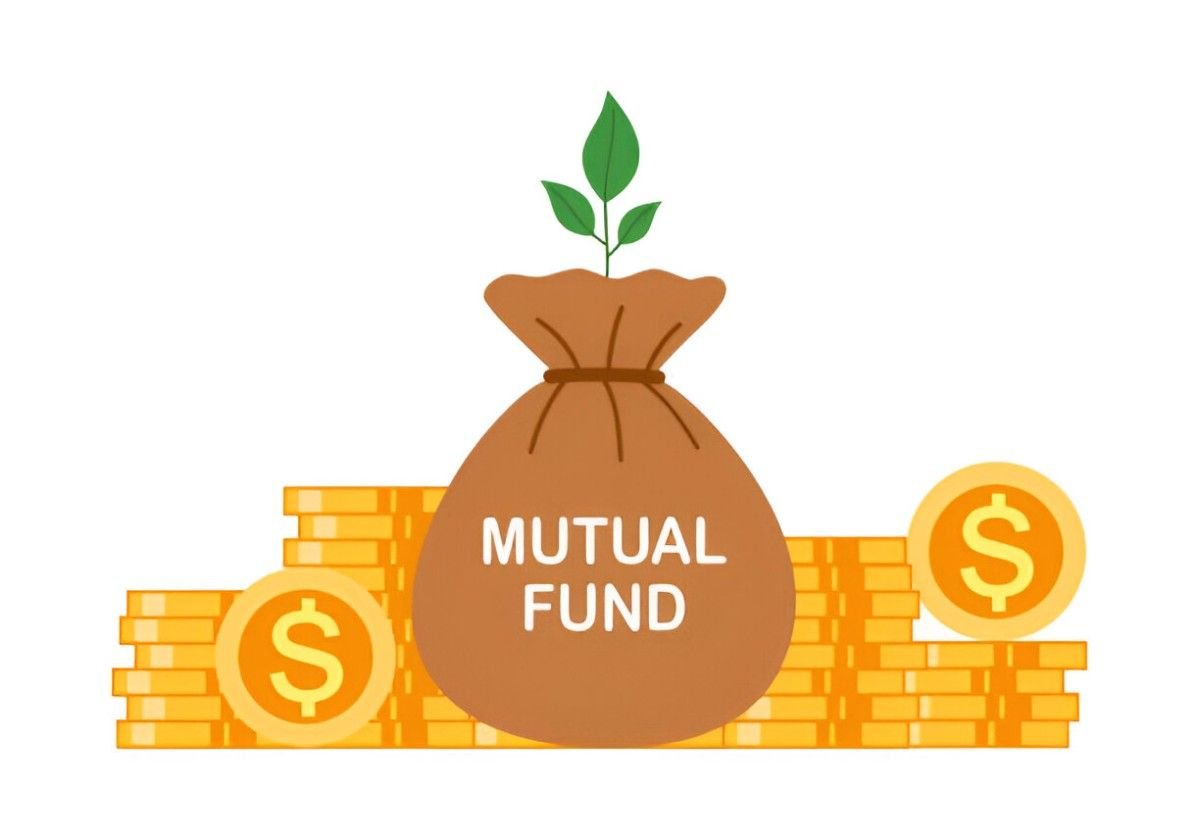As a financial analyst with over a decade of experience evaluating fund managers, I can confirm that professional management is the defining characteristic separating mutual funds from direct investing. But what does “professionally managed” really mean for your money? Let me break down the realities behind this common description.
Table of Contents
The Anatomy of Professional Fund Management
Core Management Team Roles
| Position | Responsibilities | Typical Experience |
|---|---|---|
| Portfolio Manager | Makes final investment decisions | 15-20 years |
| Research Analysts | Security analysis and recommendations | 5-10 years |
| Trading Desk | Executes portfolio transactions | Institutional expertise |
| Risk Managers | Monitors exposure limits | Quantitative background |
Average Large Fund Team: 8-12 professionals covering:
- 3-5 sector specialists
- 2-3 quantitative analysts
- Dedicated risk officer
Active vs. Passive Management Spectrum
Active Management (30% of assets)
- Stock-picking focus
- Higher fees (0.50-1.50%)
- Turnover: 50-150% annually
- Goal: Outperform benchmark
Passive Management (70% of assets)
- Index-replication focus
- Lower fees (0.03-0.20%)
- Turnover: <10% annually
- Goal: Match benchmark
What Professional Management Actually Costs
Fee Breakdown for a Typical 0.80% Expense Ratio:
- Investment management: 0.45%
- Administrative: 0.15%
- Marketing (12b-1): 0.20%
Performance Drag Example:
Annual\ Underperformance = Fee\% + \frac{Turnover\% \times 0.50\%}{100}For a 1% fee fund with 100% turnover:
= 1% + 0.5% = 1.5% annual hurdle
Does Professional Management Deliver Value?
Active Fund Performance Reality
- 5-Year Benchmark Beating Rate: 23% (SPIVA)
- 10-Year Consistency: 12% of winners stay winners
- After-Fee Alpha: -1.2% average vs. benchmarks
Where Active Excels
- Less Efficient Markets
- Small/mid caps (+2.1% alpha)
- Emerging markets (+1.8%)
- High-yield bonds (+1.5%)
- Specialized Strategies
- Convertible arbitrage
- Merger arbitrage
- Distressed debt
Investor Action Plan
When to Pay for Active Management
- Market Inefficiencies Exist
(Small caps, emerging markets, special situations) - Manager Has Proven Process
- 10+ year track record
- Consistent philosophy
- Skin in the game
- Costs Are Reasonable
- <0.75% for equities
- <0.50% for bonds
When to Index
- Large-Cap Developed Markets
- Core Fixed Income
- Taxable Accounts
Red Flags in Professional Management
- Frequent Manager Changes
(More than 1 every 5 years) - Strategy Drift
(Value fund buying growth stocks) - Asset Bloat
(Fund size >$10B for active strategies) - High “Closet Indexing”
(Active share <60%)
The Verdict
Professional management delivers the most value when:
- Markets are less efficient
- Costs are controlled
- Managers are truly skilled





